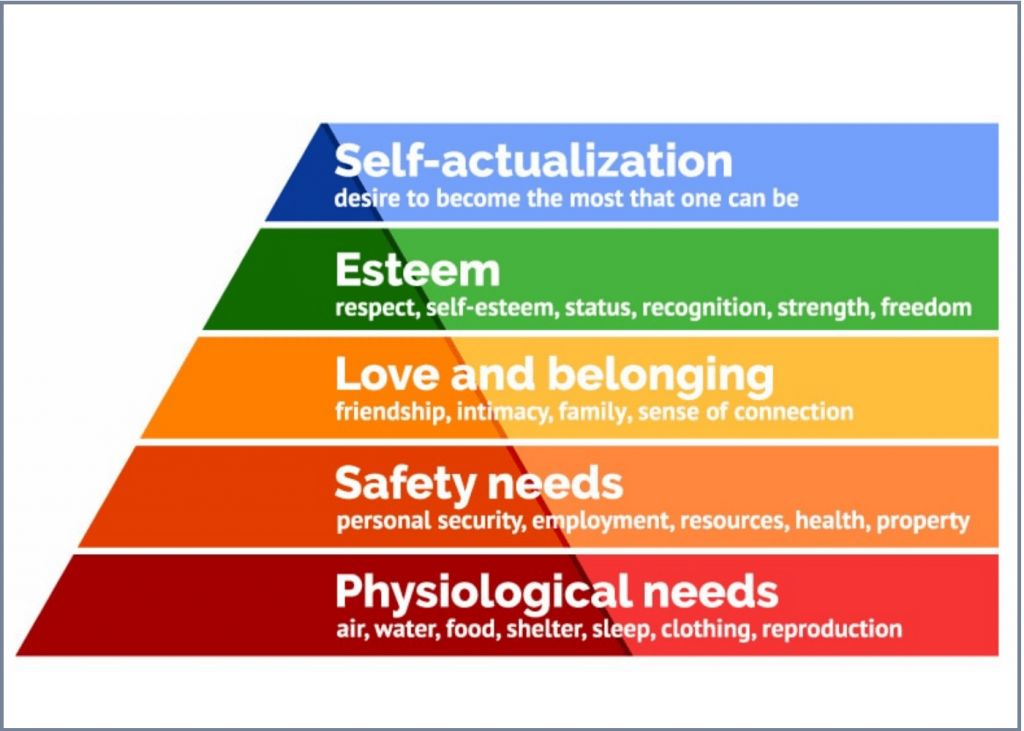Maslow’s hierarchy of needs is a psychology theory that was coined by Abraham Maslow in 1943. This was in an attempt to understand human motivation in the pursuit of different types of needs (CFI). From the bottom of the hierarchy upwards, the needs comprise: physiological (food, shelter and clothing), safety (job security), social (love and belonging), self-esteem, and self-actualization. The theory is very much applicable from a human resource perspective especially when it comes to employee motivation. The basic needs of employees at the bottom must be met, and that is when they will move to more advanced needs. At the beginning of their careers, most employees will hold entry level jobs, and their primary concern will be a salary that will enable them to foot the bills, and live a fairly comfortable life. It is also hard, for employees to be motivated if the pay is unfair, such that it threatens their survival. After the basic needs have been met, employees will desire to have meaningful relationships and a sense of belonging in the organization. So managers should create a good working environment where team work is encouraged and rewarded. Communication channels need to be open to avoid a scenario where employees feel like ‘outsiders’. Self-esteem and self-actualization are termed as higher level needs that touch on an employee’s self- image. Employees need to experience growth in their career, and this can come in the form of a promotion, job enrichment, special assignments, job perks, better work space, etc.
Why are motivational strategies important to both employees and employers?
Employee motivation is critical to an organization’s success. Motivated employees exhibit more energy, and drive at work. They are also committed to their tasks, and this greatly boosts productivity in the organization. Having a workforce that is not motivated translates to lower levels of work output and reduced productivity. This will adversely affect an organization’s performance, profitability, and growth.







